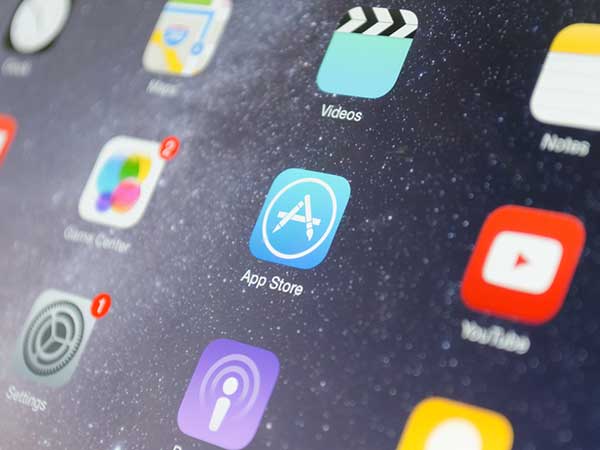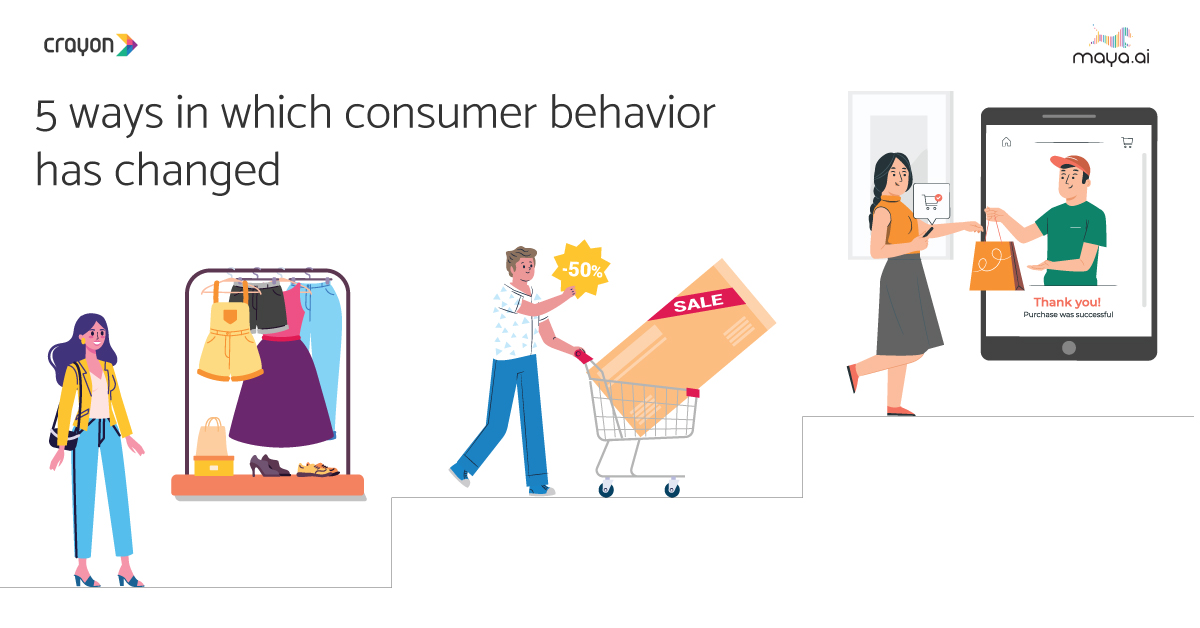Every day, the healthcare industry collects a constant stream of data from a variety of sources. Healthcare data includes billing and payment information, patient health history, data from wearables, and more. Without data science, it would be virtually impossible to interpret the exorbitant amount of data acquired by the healthcare industry.
As data and healthcare are virtually intertwined, we can no longer afford to treat big data as a niche field; instead, data scientists, analysts, and business intelligence professionals are needed to effectively infiltrate the healthcare industry, and help it run more smoothly. Data science professionals can also lend their expertise to the realm of healthcare marketing, where data analysis is integral to the patient experience and the development of profitable and effective service and value-based care models.
It’s important to note that the marketing aspect of healthcare is potentially problematic, and in some ways reinforces the overarching dominance of America’s for-profit healthcare system. Therefore, successfully merging marketing and healthcare is a multifaceted endeavor that may require an unconventional approach. Today’s healthcare providers and governing bodies of facilities must juggle the need to meet certain performance standards with providing high-quality, comprehensive care. Can big data help bridge the gaps, now and into the future?
What Is Healthcare Marketing?
To many, the word “marketing” has negative connotations. And marketing’s lackluster reputation sort of makes sense, considering that modern humans are constantly bombarded with unwanted (and sometimes aggressive) advertisements, even in checkout lines and at the gas pump. The last place many people want to deal with marketing is while visiting a healthcare provider.
While healthcare marketing does indeed exist to sell products to an increasingly larger consumer base, it has much greater aims. Increasing brand recognition and profit are two of the primary aims of healthcare marketing, but patient health is also an essential part of the equation.
That doesn’t mean that the general principles of marketing go out the window when utilized in healthcare settings. While analyzing patient, treatment, and medication efficacy information, data scientists may also want to encompass the so-called seven Ps of marketing throughout the process. The seven Ps are as follows:
- People
- Place
- Packaging
- Price
- Product
- Promotion
- Positioning
Focusing on these seven distinct factors allows data scientists and analysts to better determine which data sets are relevant, and which marketing techniques are likely to be effective. In healthcare settings, for example, “people” could mean everyone from prospective patients to staff, and a people-focused marketing campaign will center around how a particular campaign can benefit those people.
Improving Patient Experience Using Big Data
Of course, it is indeed people who serve as the focal point of any marketing campaign, no matter the industry. As such, targeting people is an instrumental aspect of healthcare marketing. No matter the reach of a healthcare facility’s marketing campaign, patient experience is key to maximizing profits. In fact, nearly 90% of healthcare facilities currently investing in analytics are looking to improve patient outcomes.
Potential patients want assurance that they will receive quality care in a professional, sanitary, and serene environment. According to Integrated Behavioral Health Partners, positive patient experience is linked to improved health outcomes and lowered remittance rates. Thus, big data can provide potential patients with accurate and timely information about medical facilities, healthcare providers, and feedback on patient experience.
Data alone isn’t enough, however; data scientists, analysts, and other professionals are needed to interpret healthcare marketing data and make it accessible to the average person, from patients and primary care providers to caregivers, phlebotomists, lab techs, and beyond. And one of today’s most popular and accessible healthcare tools even fits in a pocket or purse: mobile health apps.
In 2017, approximately 325,000 mobile health apps were available to patients around the world. In regards to the patient experience, the most successful of those apps were those designed using the three pillars of a patient-centric digital ecosystem, which are healthy living, education, and patient-HCP engagement. Apps, many of which are powered in part by AI tech, can assist pharmaceutical companies, clinics, and various healthcare facilities in creating opportunities to form a meaningful patient connection. It is that essential connection that forms the backbone of the patient experience.
Data Science for Greater Organizational Intelligence
As previously mentioned, patients are effectively the heart of the healthcare industry. But the industry would collapse if it weren’t for physicians, healthcare providers, administrators, and additional staff. In the emerging big data revolution, data scientists and analysts are just as vital as traditional healthcare workers.
Data scientists can help facilities stay on top of technological changes that may affect data collection, input, or output. A prime example is the coding switch that took place across the U.S. in 2016, which followed the transition from the ninth edition of the International Classification of Diseases (ICD) to ICD-10. Most frequently used for medical billing and coding, ICD-10 contains more than 69,000 individual codes. That’s a lot of data to sift through.
The accuracy of ICD coding is vital for recordkeeping, to track the frequency of certain medical conditions. This helps ensure that medical billing is timely and properly executed. A systemwide change, such as we saw in 2016, can wreak havoc on the industry as a whole and adversely affect the bottom line of healthcare facilities and companies of all sizes. Organizational intelligence that emphasizes the importance of data science, therefore, is a key component of a successful healthcare facility in 2020 and beyond.
For healthcare administrators and other professionals working behind the scenes, value-based care poses additional challenges that, like medical coding, is linked to a facility’s profits. Value-based care, also called pay for performance, is an incentivized model that rewards facilities and providers for meeting or exceeding specific performance measures. Pay for performance models are generally supported within the healthcare industry, and they are completely voluntary yet rely on accurate data to ensure positive outcomes.
Final Thoughts
Our contemporary healthcare landscape is increasingly complex, and patient outcomes are just a small piece of a nearly infinite picture. Big data is now firmly rooted in healthcare, impacting almost every facet of the industry, from marketing and app creation to maximizing profits and ensuring accurate recordkeeping. In recent years, data scientists and analysts have been welcomed into the healthcare industry in greater numbers, and the trend shows no sign of slowing down.



















